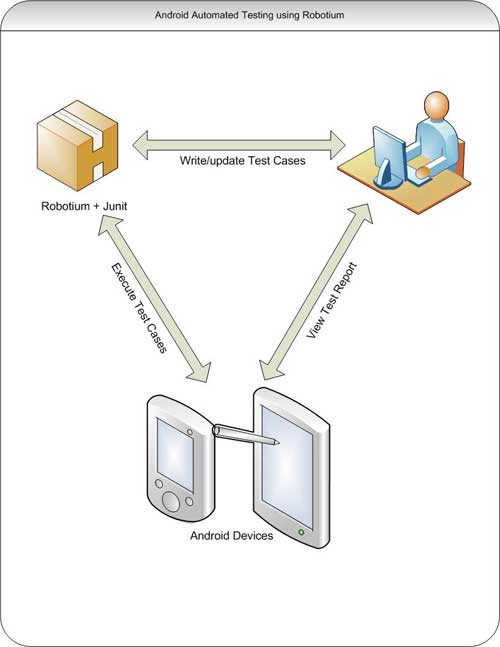Java Software Testing tutorials: unit testing, open source, JUnit, Mockito, TestNG, Spring, JGiven, etc.
Writing unit tests is easy in theory but could be more difficult in practice. Usually experience helps in getting better at unit testing. In this blog post, Patroklos Papapetrou shares some of his experience in writing Java unit tests.
We all love our tests to speak in the language of business and not in the language of implementation details. In this short presentation I will show how we can get closer to this goal by writing custom assertions with AssertJ.
Unit testing is a basic software testing activity that should be performed by every software developer. This handout produced by the Computer Science department of Stanford University introduces the ideas of unit testing and provides some examples on how to do it with JUnit in Eclipse.
Finding common naming conventions for software development items (variables, classes, etc.) is a major factor to help people collaborate in software development projects. Finding good names is also good if you work on your own and have to revisit your code some months after you wrote it. In this blog post Frank Appel discusses his experience with naming JUnit tests.
Behavior-driven development (BDD) is an increasingly popular variation on test-driven development, which helps developers think more in terms of “executable specifications” than in terms of conventional tests. There are dozens of BDD tools for the JVM out there—how do you know what to use and when?
In the context of Java EE 6, unit tests are nice but worthless. Unit and integration tests execute chunks of the business logic in a single thread. Back-end resources and shared states are simulated with mocks.
The purpose of the article is to implement a Behavior Driver Development (BDD) infrastructure for Android applications with the JBehave open source BDD tool and Robotium open source Android testing software. We will go through complete architectural understandings and try to set-up the framework.





